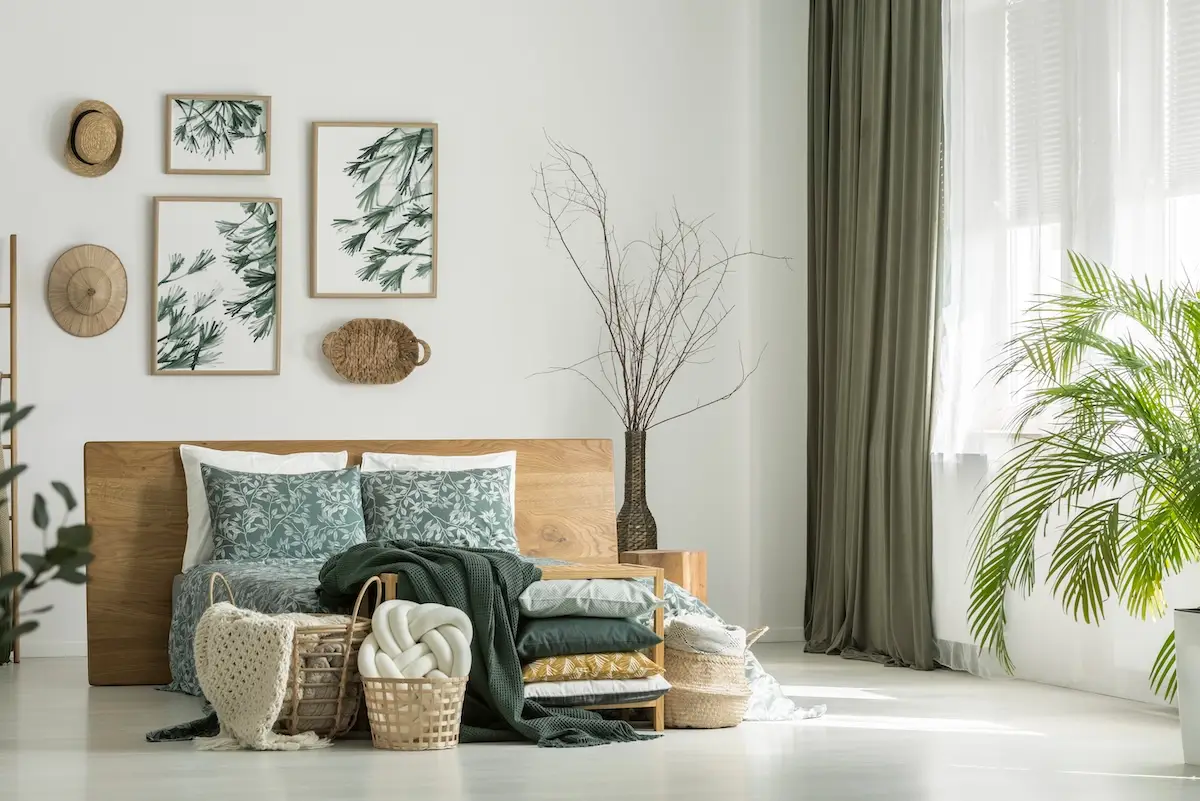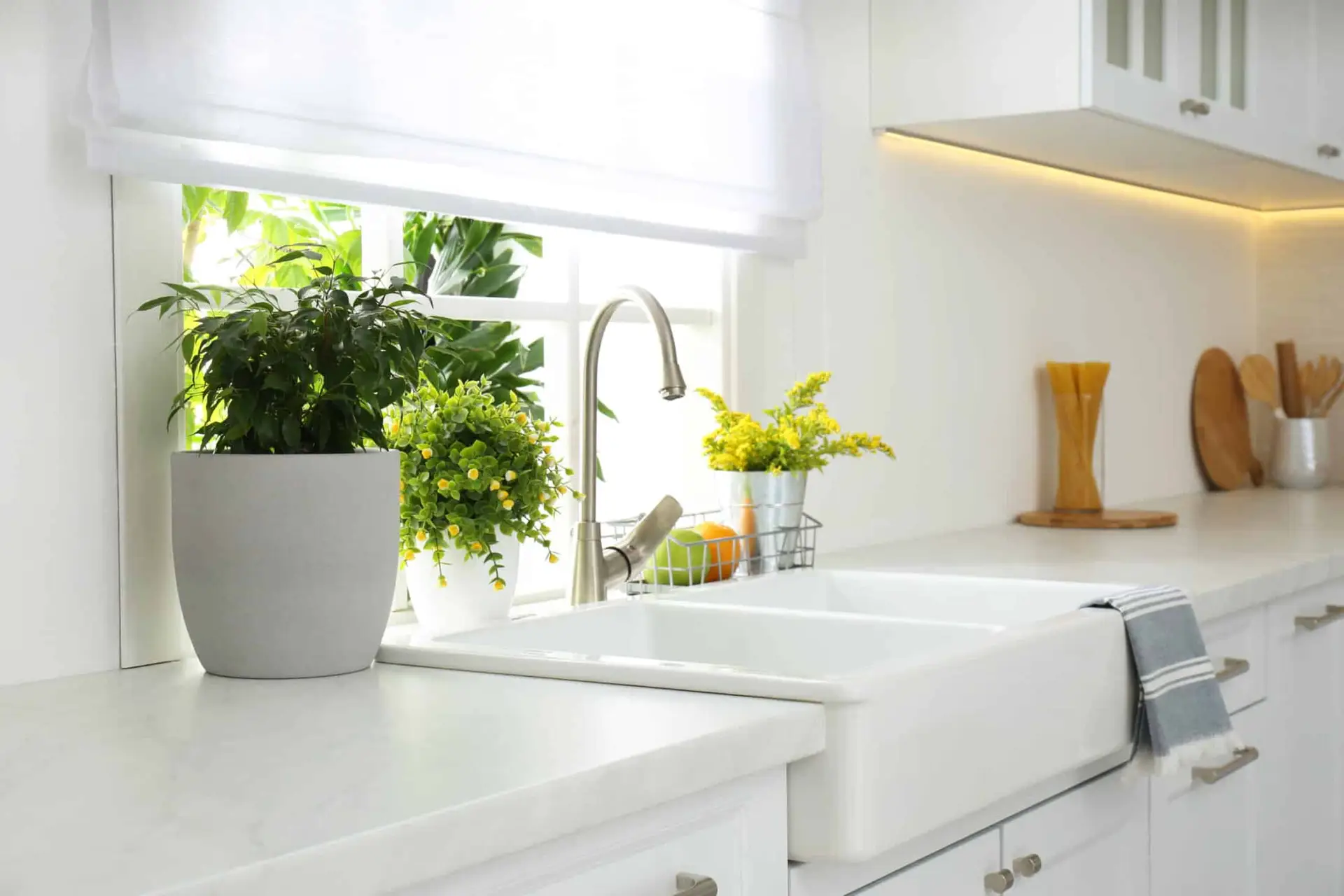When people talk about incorporating sustainability into your home, a chief focus is often on making life better for the world around us, and it does. Still, it brings benefits closer to home, making it a smart option in your everyday life. How? By saving you significant money!
In this article, we dive into how you can create a more sustainable home to improve your life, income, AND the world around you.
Energy Conservation
Energy-efficient appliances, such as Energy Star-certified products, go a long way toward cost savings – on average, $450 a year. They are also durable and offer exceptional performance.
In addition to items like Energy-Star washers, dryers, and dishwashers, even smaller additions do a world of good. For example, LED bulbs use 75% less energy than traditional incandescent bulbs, reducing power grid usage – and utility costs.
When it comes to heating and cooling, a programmable thermostat helps you maintain a comfortable indoor climate for less cost with more precise operations when needed. You can program it to turn on and off at set times and temperatures and even operate it from your phone, turning it on before you arrive and turning it off when you leave, reducing your electric bill.
Energy-efficient technology has come so far that today, you can use it to add a luxury touch to your home without the guilt. For example, you can have a sauna that uses infrared technology to warm your body instead of steam or dry heat, saving you on utility bills.
Water Conservation
Installing low-flow showerheads and toilets with optional light and heavy flushing significantly curtails water usage. Toilets alone make up 30% of an average home’s water usage, so they are an essential element to focus on for water conservation.
You can also install smart systems to warn you of pipe leaks to reduce water waste. You save significant home repair and water usage costs by catching the issue early.
The benefits of improved water conservation also extend outdoors. A blend of smart sprinkler systems and drought-tolerant plants helps you keep your water bills down.
Energy-Efficient Windows, Doors, and Walls
Installing double or triple-pane windows reduces heating and cooling costs by an average of 12%. Plus, you keep your indoor spaces extra cozy day in and day out without lifting a finger. Even well-insulated doors prevent energy leaks.
Save even more by focusing on your home’s walls. Insulation is a game-changer for improving your home’s efficiency by creating an effective barrier against heat loss and gain.
Solar Energy
Solar power is often listed as a top solution for creating a cleaner, more sustainable world, but it also helps you save money. Using the sun as your power source will shrink your electricity bills and carbon footprint. You may produce so much energy that the local power grid will want to buy it back from you.
You can extend solar technology beyond the roof to outdoor lighting for even more savings.
Green Home Improvements
Green home improvements bring benefits indoors and out. For the interiors, reusing and upcycling furniture helps you combat issues like fast furniture – items churned out to meet immediate trends cheaply by using unsustainable materials and manufacturing methods. You can still upgrade your home without buying an entire item again.
You can hire an expert to do the upgrades for you (we do this often), or you can do the work yourself. Examples include reupholstering a sofa or recutting a console to double as a bathroom cabinet. The cost savings can open doors to more home improvements than you originally planned.
You can also green up your outdoor space naturally with native species of plants and create a wildlife-friendly for less water usage and more utility savings. What’s good for you is also good for everyone.
Tankless Water Heaters
A tankless water heater heats water without the need for a storage tank. This ensures an unlimited hot water supply while saving valuable energy by not having to constantly heat a massive tank of water. You also save space in your home. A tankless design is a sleek, compact solution that helps you optimize your home’s layout. They also typically outlast traditional units.
Window Treatments
Glass windows and doors provide views of the outdoors and invite natural light inside, but they aren’t the best insulators. Glass transfers cold temperatures inside, and the more glass you have, the colder the home can feel.
Window treatments create an added barrier to prevent cold temperatures from seeping into rooms. Shutters, drapes, and blinds are effective solutions.
Window Tinting
Just as windows invite cold temperatures in the winter, they also warm up homes in the summer. Window tinting can reduce heat transfer by as much as 78%, while still allowing for views. You maintain all of the benefits without the drawbacks.
Natural Light
Sunlight changes a room’s temperature, but you can use that trait for a more comfortable home year-round. Plan window treatments, tinting, and new window placements to provide passive temperature regulation related to the sun’s position throughout the year. Account for more sun in the winter and less sun in the summer.
Natural light also reduces the need for light bulbs, cutting energy costs. By using the sun for both temperature and light, you make a dent in that monthly utility bill.
All these solutions above add up to ongoing monthly savings without sacrificing your quality of life. They also help you do your part in keeping the world healthier, making them a win-win!




